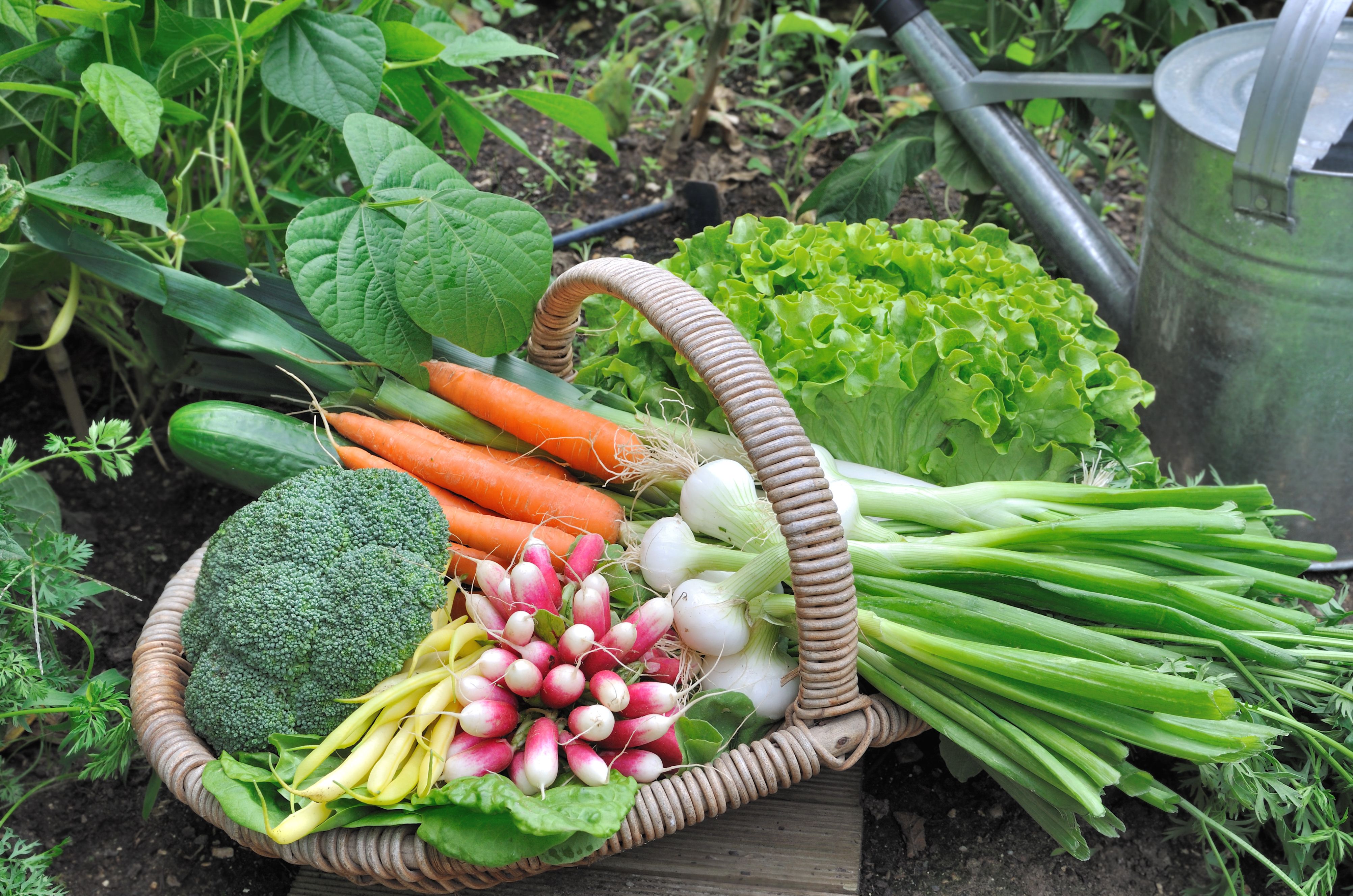Planting Your First Vegetable Garden
Growing vegetables at home can be fun. It's a great way to spend time with children or have a place to get away and spend time outdoors in the sun and it can save you some money as well.
Vegetables from the home garden in most cases are fresher and have better nutrient values, and are often less costly than those sold in stores.
Growing vegetables is easier than you think. If you plan it right, you can enjoy a beautiful garden full of the fruits of your labour —without having to spend hours and hours tending to it. Vegetables and flowers are natural companions, and the combination can turn a potential eyesore into an attractive landscape feature.
Deciding what to grow
It's best to start small with your first garden. Many gardeners get a little too excited at the beginning of the season and plant more than they need — and end up wasting food and feeling overwhelmed by their garden.
So first, take a look at how much your family will eat. Keep in mind that vegetables such as tomatoes, peppers, and squash keep providing throughout the season — so you may not need many plants to serve your needs. Other vegetables, such as carrots, radishes, and corn, produce only once. You may need to plant more of these.
Determining how much space you need
Once you know what you want to plant, you can figure out how much space your garden will need. Keep in mind that you don't need a large space to begin a vegetable garden. If you choose to grow in containers, you don't even need a yard — a deck or balcony may provide plenty of space.
Picking the perfect spot
No matter how big your vegetable garden is, there are three basic requirements for success:
1. Full sun. Most vegetables need at least 6-8 hours of direct sun. If they don't get enough light, they won't bear as much and they'll be more susceptible to attack from insects or diseases. If you don't have a spot in full sun, you can still grow many leafy vegetables such as lettuce and spinach. And if you are in a hot-summer climate, cool-season varieties such as peas may do better in part shade.
2. Plenty of water. Because most vegetables aren't very drought tolerant, you'll need to give them a drink during dry spells. The closer your garden is to a source of water, the easier it will be for you.
3. Good soil. As with any kind of garden, success usually starts with the soil. Most vegetables do best in moist, well-drained soil that's rich in organic matter (such as compost or peat moss).
Many gardeners like to have their vegetable gardens close to the house. This makes it easier to harvest fresh produce while you are cooking. It can also be handy to keep a few favourite potted vegetables next to your grill.

